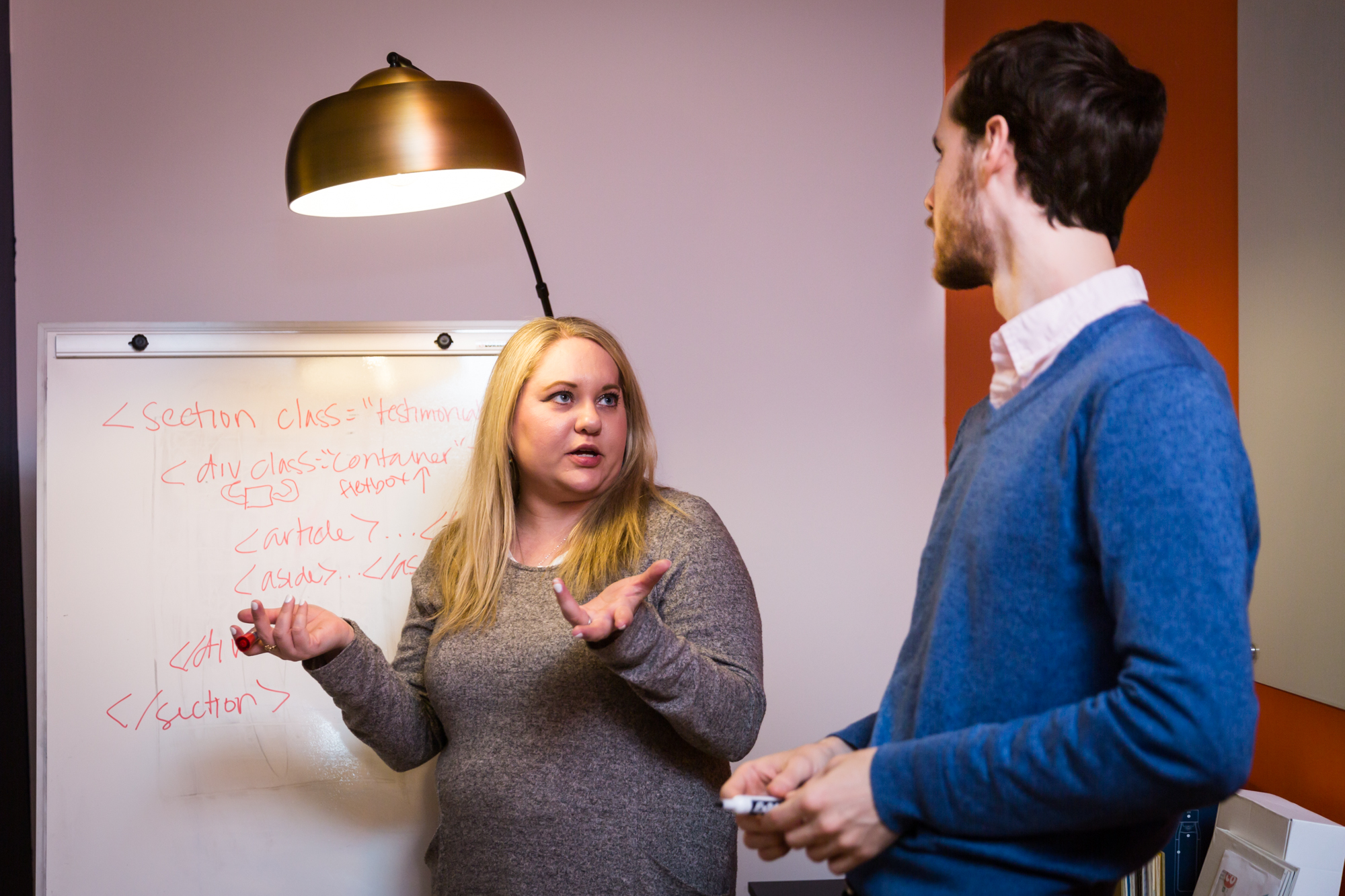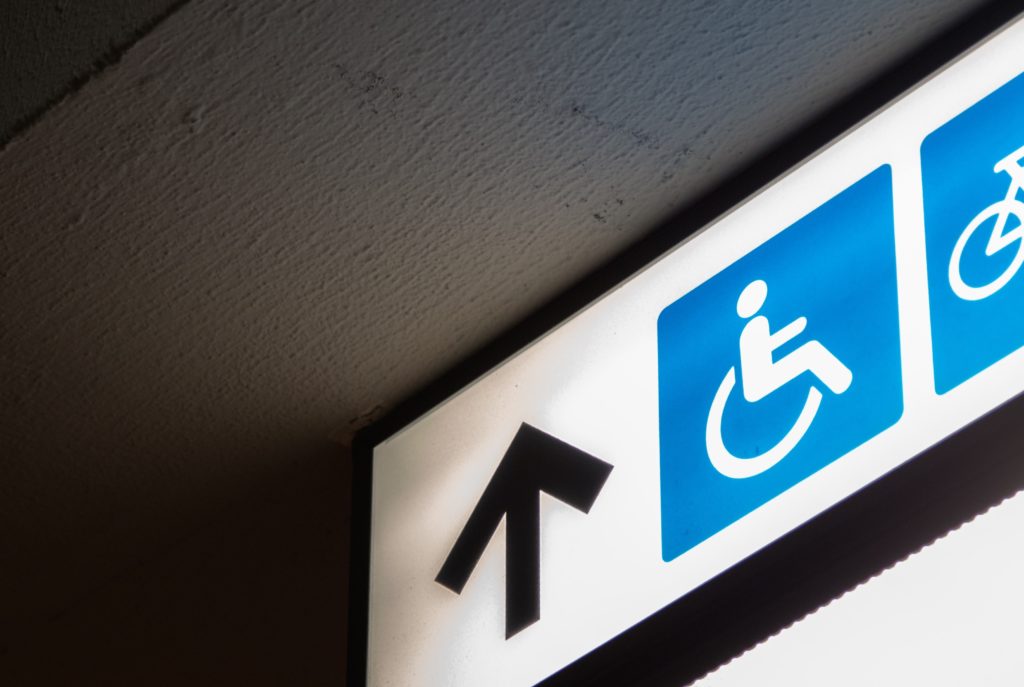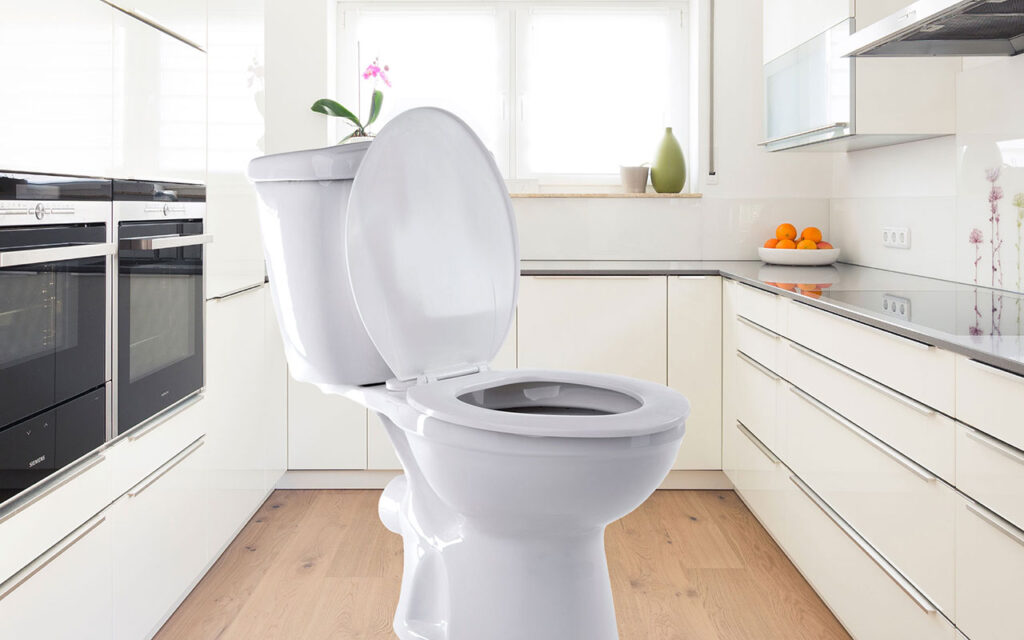What is a WordPress theme?
In the words of WordPress:
“A WordPress Theme is a collection of files that work together to produce a graphical interface with an underlying unifying design for a weblog. These files are called template files. A Theme modifies the way the site is displayed, without modifying the underlying software.”
In plain English, a WordPress Theme provides all of the front-end styling of your website, including page layouts, fonts, colors, etc.. All of these attributes make up the overall look and feel of your website.
Whether your WordPress install is set up on WordPress.com or your own hosting, you can upload and install any theme you’d like through the back-end. Some themes are free, whereas others (especially the more flexible, well-built ones) will run around $59. Different themes have different degrees of flexibility and customization options, but the more robust, off-the-shelf themes essentially offer users a flexible toolkit from which to design and populate their own websites.

What are the reasons for going with a pre-made theme?
For solo-preneur or small business websites concerned about budget that have relatively straightforward functionality needs, I almost always advocate going with a pre-built template — either installing a theme on WordPress and populating it (there are tons of themes, and really swanky ones will usually run you about $60), or going with a site like SquareSpace, Wix, or Weebly. It will be significantly cheaper (by thousands of dollars), and you can end up with a snazzy looking site full of crisp animations and (depending on how it’s assembled) a great design.
Though working with a theme doesn’t require hardcore developer skills, the ability to create a good-looking website from a theme within WordPress still requires a fair bit of knowledge and design sensibility, so if you’re a complete newbie or don’t have the time/appetite for getting your hands dirty, it probably makes sense to hire someone. If you’re going with a pre-built theme, the hired person or firm will be spending their billable hours on content strategy, population of content, and styling/customizing the theme. It will still likely be a fair amount of work, but you’re going to save time and money because the designer/developer will essentially be developing as they’re designing.
The other big pro to the pre-made theme approach is that it’s much easier to build out additional pages and functionality moving forward. Unlike with a custom theme (for which all the flexibility needs to be included in the development specs upfront), themes like Divi or X have all that flexibility already incorporated. If you decide you want to add a blog or more pages after the site has launched, chances are it won’t be too tough.
The downsides? You’re limited to what the theme gives you in terms of structure and customization. Though you can always build what’s called a child theme to extend a theme’s functionality, if you want to make a ton of changes to the framework, overriding aspects of the theme can quickly become a bulkier proposition than if you’d just started from scratch. If you need unique functionality or want to do something non-standard from a design perspective, a pre-made theme is likely not the way to go.
What are the reasons for going with a custom theme?
Building a site “from scratch” means your designer is given the liberty of starting their ideation with a “blank slate,” so to speak. Consequently, designing a custom site follows the more traditional (and arguably more intuitive) process of starting with content organization and user flows, moving on to visual design, and then diving into coding. All the front-end code is built from scratch, and then integrated with the content management system (CMS) so that you’ll be able to update your own site.
Moreover, because the theme is built explicitly for the client and their needs, updating content within a custom theme is often a more straightforward and intuitive experience. (Less features and clutter that is potentially confusing.) Because there’s less code bloat, this often has a big impact on page speed and therefore search ranking.
The downside of a custom theme? The endeavor is going to be significantly more expensive and time-consuming because your developer is literally coding it from the ground up. Furthermore, building out additional pages and functionality moving forward will almost always require another visit to your developer since these needs will not have been outlined prior to the initial website development. Essentially, such updates mean more from-scratch development.
That said, if you’re looking to do something out of the ordinary from a functionality perspective or you want to make sure your designer (and you) have complete control, a “from scratch” experience and theme is the only way to go.
Check out our work for examples of sites we’ve built from scratch.

TL;DR
Think of a pre-made theme like this: You are in a prison cell, but it’s a sleek, modern, luxury suites kind of prison cell with leather couches, big screen TVs, and fountains of fine champagne. But if one day you decide you want a bed instead of a couch and a beer instead of champagne, you can’t have it. A custom theme is like being put in an empty room where you can have any couch you want, but you have to build it from scratch, and you are not a carpenter.
Further reading
Here are a few more articles that shed light on the pros/cons of each choice:
- Custom vs. Pre-made WordPress Themes: A Look at the Pros & Cons (WP Lift)
- Custom WordPress Themes vs. Existing WordPress Themes (Kristin Falkner)
- Using a Pre-Made or Custom WordPress Theme for Your Business (McKay Multimedia)
 hi, i'm
hi, i'm 








